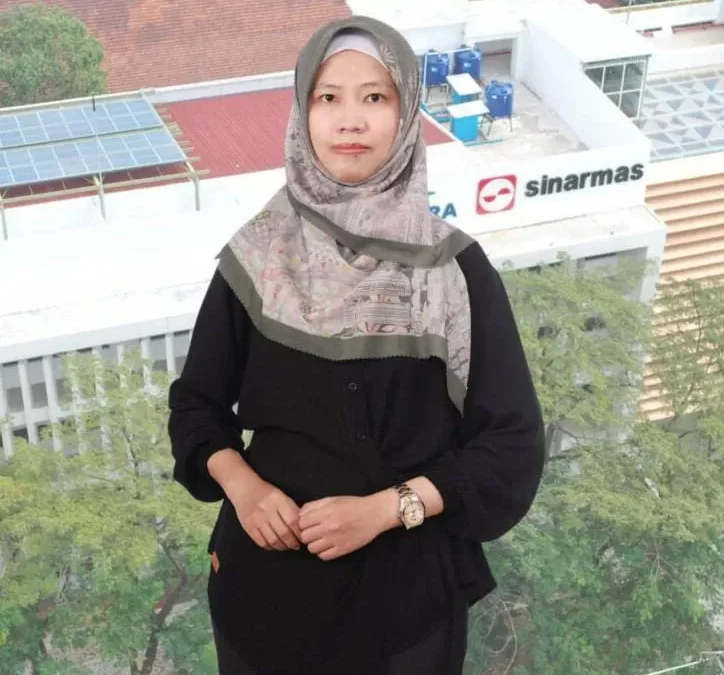SEMARANG – Dr. Ratih Widiastuti, PhD, a lecturer from the Department of Civil Engineering and Architecture at Diponegoro University’s Vocational School (SV Undip), has made a significant breakthrough with her research titled, “Numerical and Experimental Analysis of the Thermal and Building Energy Performance for Vertical Greenery Systems.” This study investigates the effects of vertical greenery systems on building thermal performance and energy efficiency.
According to Dr. Ratih, the research aims to assess how vertical greenery systems can enhance thermal performance while reducing energy consumption in buildings. “This study examines the Leaf Area Index (LAI), heat transfer through building envelopes, and the sustainability of vertical greenery systems by analyzing potential cost and energy savings,” she explained on Saturday (October 5, 2024).
Her research involved two main activities: numerical simulations and experiments. “We used CFD (Computational Fluid Dynamics) simulations with ANSYS software to model the thermal impact of vertical greenery systems applied to building walls, and validated the results through this simulation method,” she added.
The findings reveal that the Leaf Area Index (LAI) plays a crucial role in determining the density of leaves in vertical greenery systems, which directly contributes to reducing the building’s temperature. Moreover, the thermal performance of vertical greenery is influenced by factors such as solar radiation and ambient humidity.
Dr. Ratih emphasized that vertical greenery systems not only lower the surrounding temperature but also reduce heat transfer into the building, resulting in decreased energy consumption for air conditioning. “This is a sustainable solution that not only reduces energy consumption but also improves urban living environments,” she concluded. (Sgi)
Source : krjogja.com

